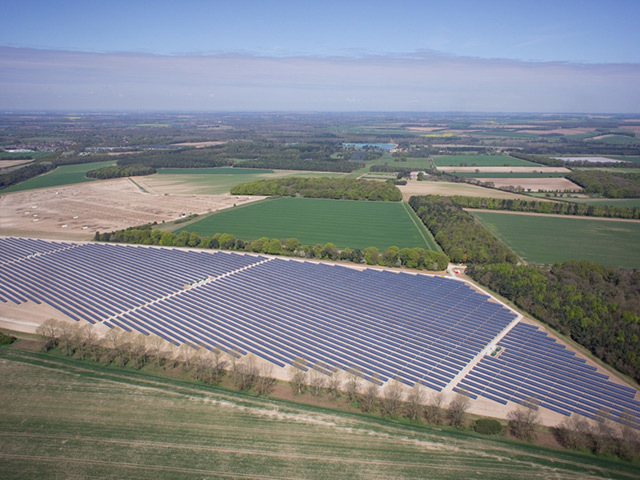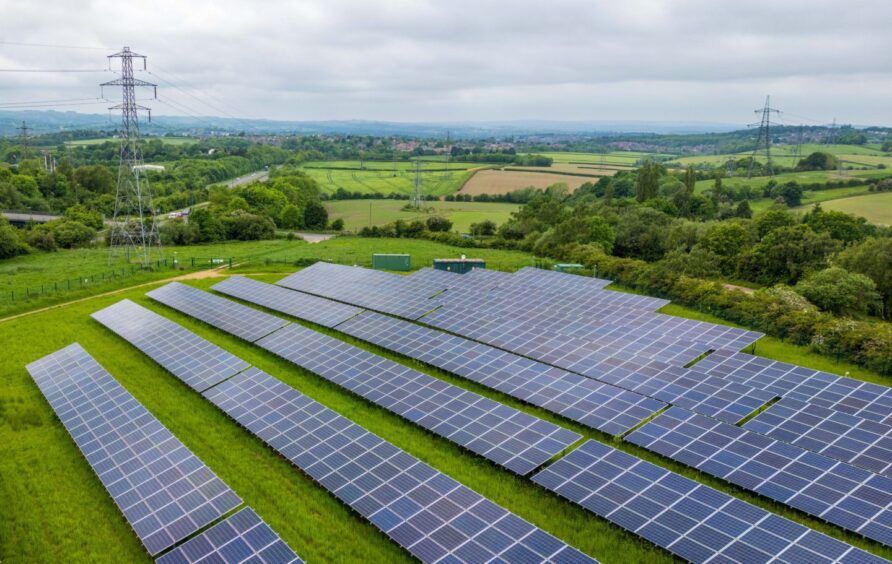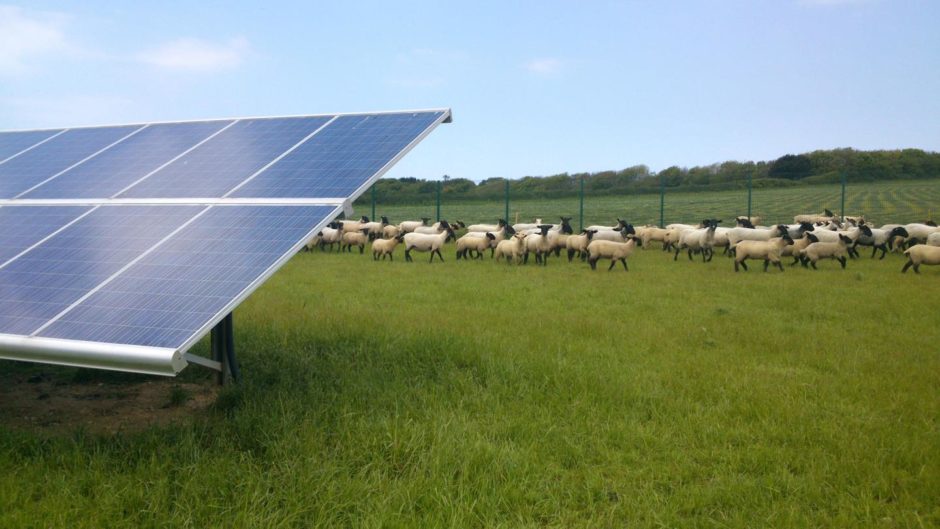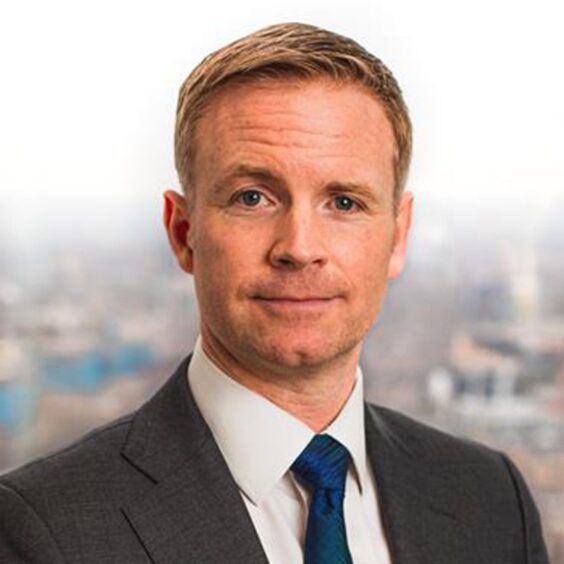
After major spikes in the energy price in previous years, the UK solar industry needs revenue security to meet the government’s 2030 clean energy ambitions.
Managing director at investment company Foresight Solar Ross Driver told Energy Voice: “What we want is to have more security around revenues.”
Part of the larger Foresight Group, Foresight Solar (LON:FSFL) builds and manages ground-based solar PV and battery storage assets.
It has the majority of its investments across the UK, along with smaller portfolios in Spain and Australia as well.
Solar has had something of a troubled history over the last couple of years as volatile government support has too often undermined confidence among industry and investors.
“You had flip-flopping between the Conservative governments of the last few years,” Driver explained “You had Boris Johnson, who was very supportive of things, then you had a change, then you had another change back again, but there really wasn’t that kind of obvious support.”
Labour hadn’t been in power long before energy secretary Ed Miliband revealed ambitions to triple the UK’s solar capacity by 2030, reaching 50GW.
“What’s changed on the political side is the momentum towards the sector,” Driver said.
Labour’s targets would be driven, in part, by using rooftop solar panels on new homes and buildings, and relaunching the Department of Energy Security and Net Zero’s Solar Taskforce.
Miliband also approved three major solar power projects – Gate Burton, Mallard Pass, and Sunnica, representing an additional 1.3GW of capacity.
“With Miliband coming in and then, within a week of joining, signing off on three nationally significant solar projects, sets a tone and a direction of travel,” Driver said.
“Solar is back on the agenda. It’s not going to be then suddenly dropped off.”
Solar performance
Miliband’s announcements in 2024 were part of a strong year for solar. A raft of projects received contracts for difference (CfD) in Allocation Round 6 (AR6).
The solar farms received strike prices of £50.07 per MWh, up from £47 per MWh in 2022’s AR5.
This was lower than the wholesale cost of electricity, which averaged around £61-87 per MWh in 2024. And it was markedly lower than the major price spikes the UK saw in 2022, which peaked at over £350 per MWh.
“Investors would trade away those sky-high prices in power prices that we’ve seen over the last couple of years for security to ensure things don’t drop down below a certain level,” Driver said.

However, despite bringing in record capacity additions as 93 ground-based projects with a combined capacity of 3,288.31MW received deals, this could prove too little too late after the sluggish performance of previous auctions.
Driver said: “It’s clear that, previously it had not been possible to deploy solar at the kind of levels that we need to get to get to the sort of 2030 targets. We would have needed around 2.5-3GW being deployed each year.
“To have that sustained level of build out, we need to be installing around 3-4GW per year between now and 2030 to meet net zero targets.
Grid connections
In addition to maintaining price security, Driver said that rationalising the grid connection queue is another vital step needed to drive the UK’s solar ambitions.
For the AR6 projects, the first are set to come online in 2026, with the balance to be commissioned by 2028. However, for projects further down the pipeline, and likely to enter substantial auctions, their development timelines place them beyond 2030.
“What we hear from the developers that we speak to is if you want to put in an application for a new solar project at the moment, you’re probably looking at the mid-2030s to be able to get a connection,” Driver said.
The National Energy System Operator (NESO) has previously proposed reducing and reordering the queue for grid connections to prioritise projects that are ready to connect.

“There has been positive movement over the last few years, and more recently, the government’s plan to reform the energy system announced in December is helping to drive this further,” Driver said.
“In the last couple of years, we have been able to see more projects come through and it’s definitely been an improvement.
“It’s still going to take some time to get there after being very, very lean for a few years. And that’s because the grid’s absolutely chewed up with applications that are put in there, many of which are zombie projects, which are not going anywhere at all.
“That needs to be the key focus in order to free up that capacity at the moment.”
Recommended for you


 © Supplied by After major spikes i
© Supplied by After major spikes i